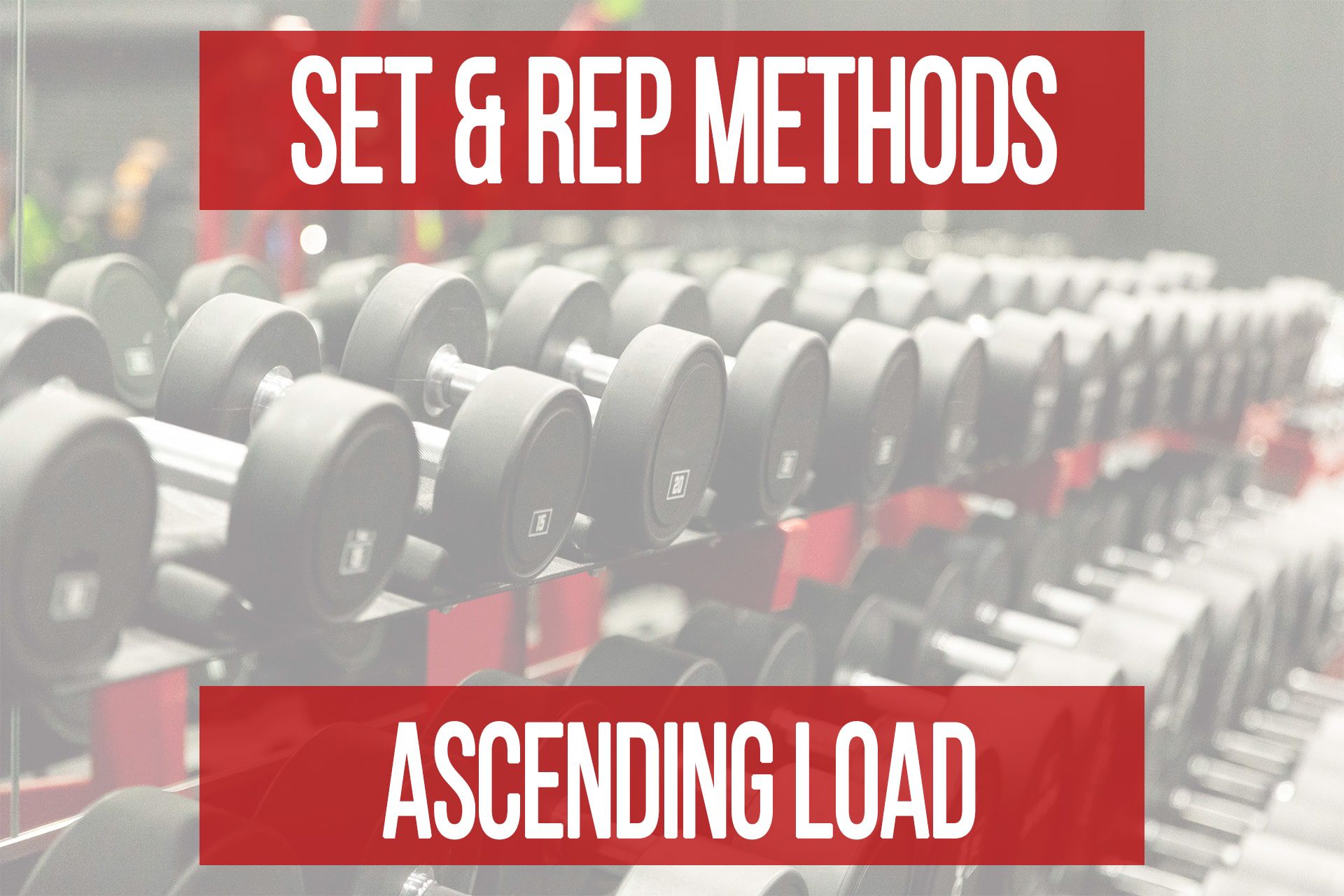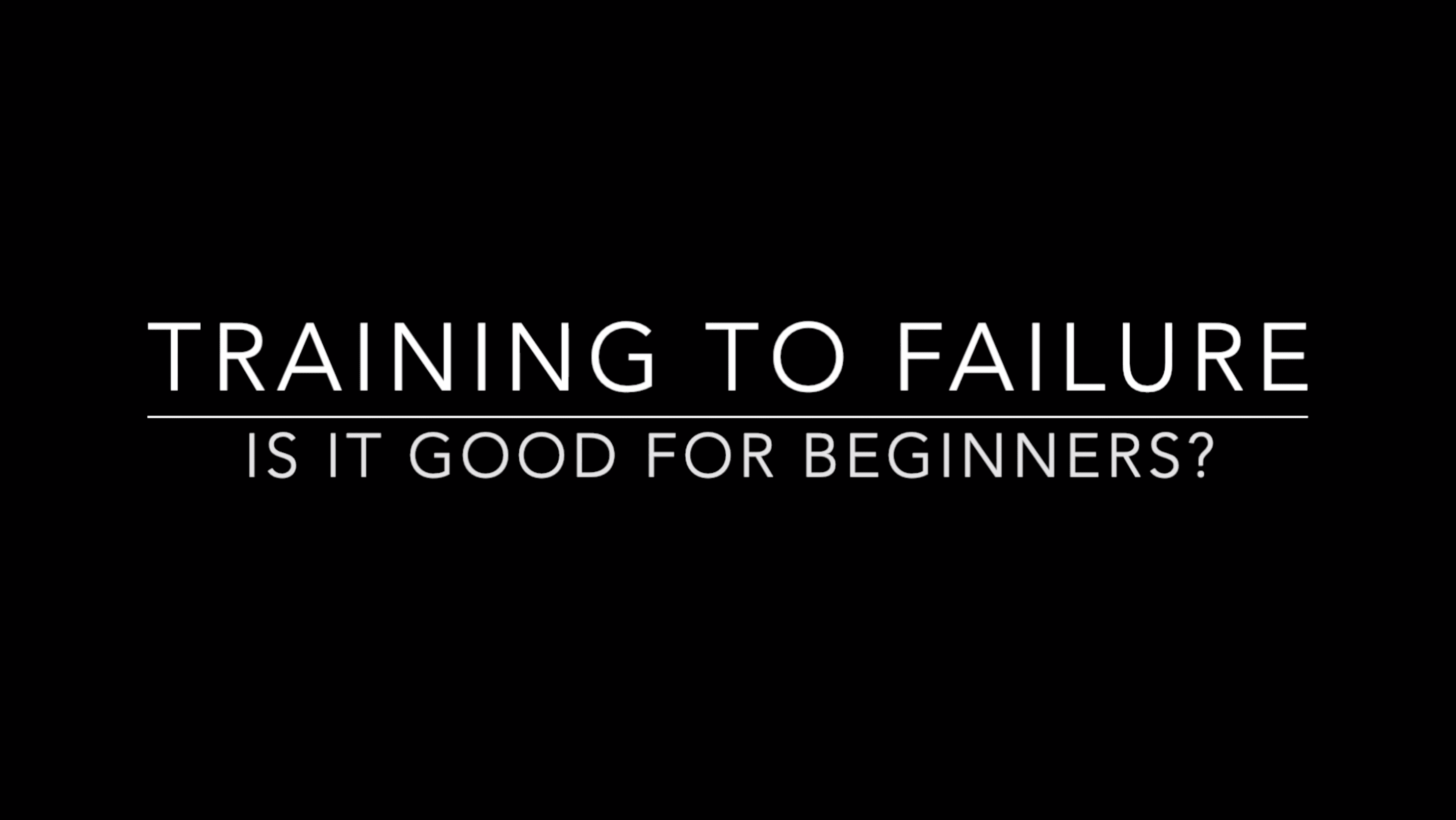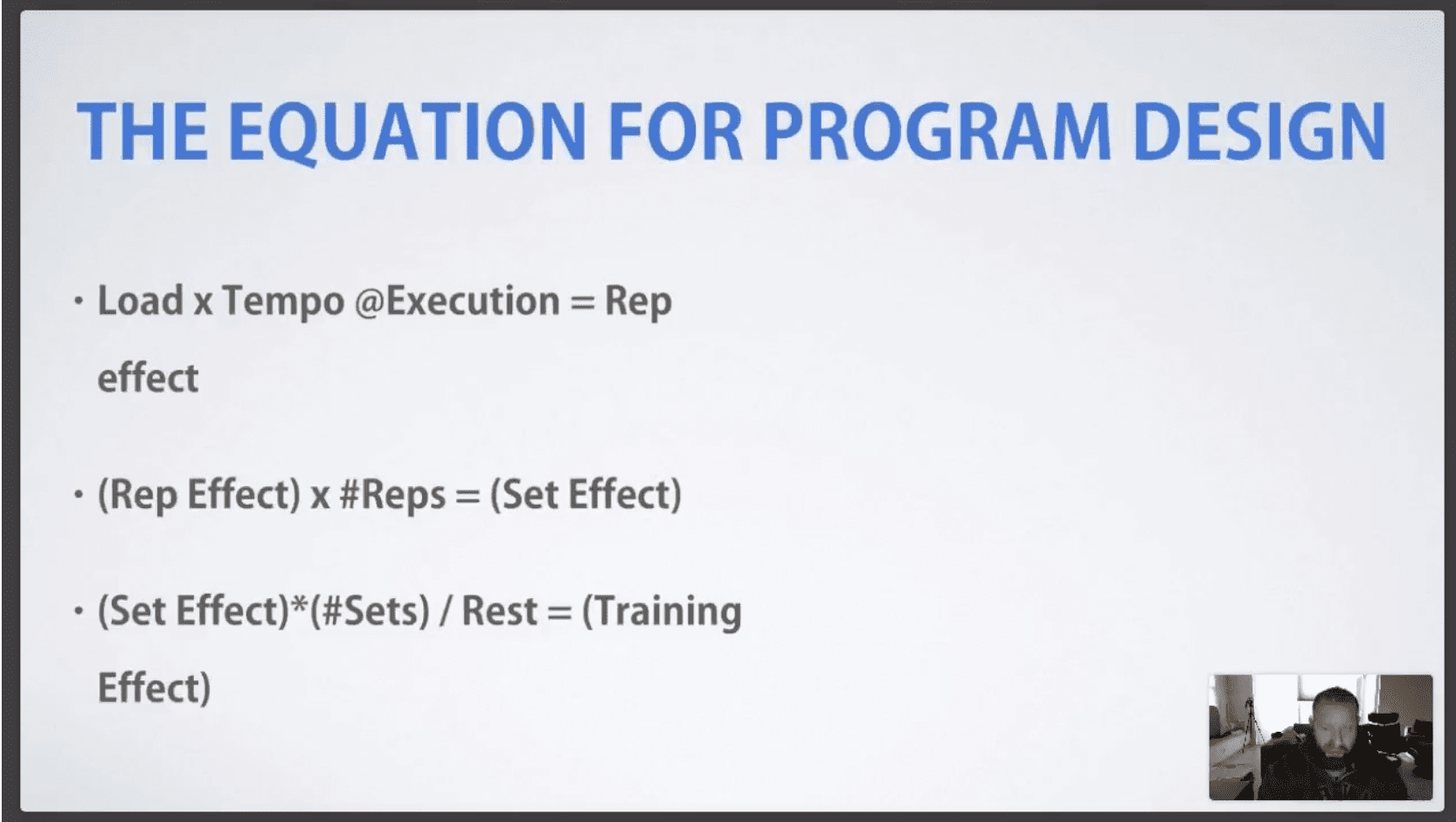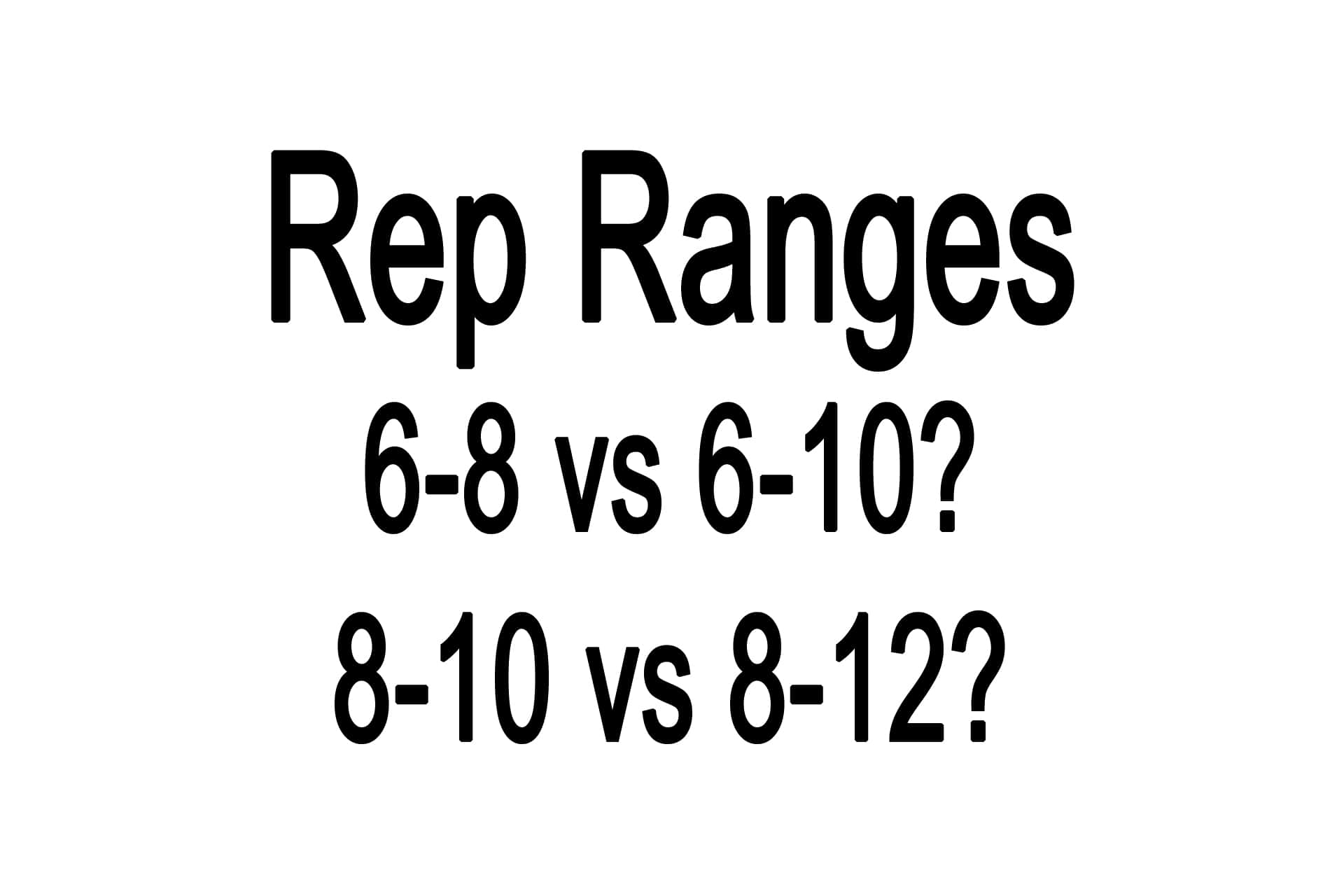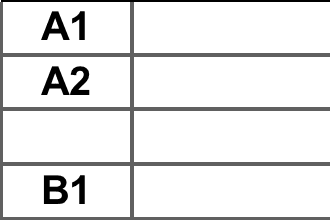Understanding Tempo
n1 training
Learning how to read and implement tempos are a key for your success in the N1 program. Tempos are used for progression, changing resistance profiles, altering the stimulus to the nervous system, emphasizing what is being recruited and where it’s being recruited.
Learning how to read and implement tempos are a key for your success in the N1 program. Tempos are used for progression, changing resistance profiles, altering the stimulus to the nervous system, emphasizing what is being recruited and where it’s being recruited.
Tempos in Your Program
Lifting tempos will be written in your program to explain the intent in which the exercise should be performed. Common lifting tempos are: 3011, 4010, 3110. Let’s look at the 3110 tempo.
3 – Time in the eccentric
1 – Time pausing after the eccentric in the lengthened position of the muscle
1 – Time in the concentric
0 – Time at the end of the concentric. This is the shortened position of the muscle.
Eccentric
The first number is the eccentric portion of the exercise, in the above case the number 3, is the amount of time we would like you to spend in the eccentric portion of the exercise. The eccentric is when the muscle we are trying to train is lengthening. For example, the lowering of the dumbbells in a curl or the raising of the cable during a lat cable pull down. The important thing to remember is that this is not always the lowering of a weight or at the start of the exercise. It is the lengthening of the muscle.
Lengthened Position
The second number, in the above example 1, is the pause after the eccentric. A pause after the eccentric is a way to reduce momentum and maintain tension in the muscle being trained. For example, in the bottom of a squat there is still tension and this is a good place for a pause to be programed. Pauses can be written for 1 second or more depending on what the emphasis of the exercise and program are.
Concentric
The third number, in the above example 1, is the time spent in the concentric. This is the actual contraction of the muscle and movement of the load.
Shortened Position
The fourth and final number, in the above example 0, is the time spent in the peak of the contraction. If there is a time written here, usually 1-2 seconds, it is called an isometric. You are not just holding the weight there. You are consciously trying to squeeze the muscle as hard as possible, as if you were trying to make it cramp. We must take into account the resistance profile of an exercise when writing an appropriate tempo. Take two examples the barbell squat and the leg extension. In the top of the barbell squat there is no reason for a written pause. The joints are stacked, and there is no tension in the muscle. A pause written here is allowing the muscle to rest. In the leg extension there is load in the peak of the contraction and time spent here is acceptable.
Summary
Key points to remember:
- A properly written tempo is 4 characters (Ex. 3110)
- The first number is not always when the exercise starts, it is the eccentric
- The eccentric is the lengthening of a muscle
- The concentric is the shortening of a muscle as it contracts or “lifting of the load”
- First number – the eccentric, the lengthening of the muscle
- Second number – pause in the lengthened position
- Third number – the concentric, the shortening of the muscle “the lifting of the load”
- Fourth number – the time spent in the shortened position of the exercise. If >0 this will either be an isometric or isometronic, not just “holding” the weight there.
Do not ignore the tempos written in your program, they are key in achieving the stimulus written for your training phase.
Please Log In to Submit Your Question
Understanding Exercise Pairing – Labeling In A Workout
articleExecution and Technique FREE Support Training
Popular Pages
Learn & Train With Us
Add N1 Training to your Homescreen!

Please log in to access the menu.
